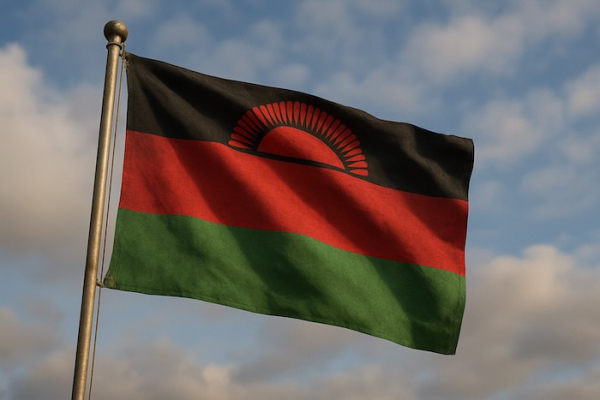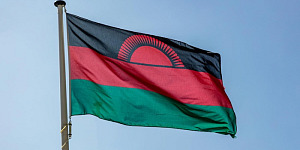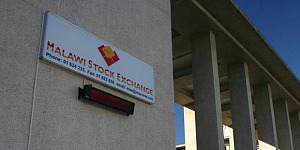Malawi’s headline inflation for May 2025 dropped to 27.7 percent in May from 29.2 percent a month before, the latest Consumer Price Indices report published by the National Statistical Office (NSO) shows.
The report highlights a notable decline in food inflation, which fell by 3.1 percentage points to 32.7 percent in May, compared to 35.8 percent in April.
Non-food inflation recorded a slight increase, rising to 20 percent from 19.4 percent in the previous month.
“The national month-to-month inflation rate for May 2025 stands at 0.6 percent. Food inflation is at 0.2 percent while non-food inflation is at 1.2 percent,” the NSO report reads.
In urban areas, the month-to-month inflation rate remained at 0.6 percent.
Urban food inflation was recorded at 0.4 percent while non-food inflation stood at 0.9 percent.
In rural areas, the month-to-month inflation rate was slightly lower, at 0.5 percent, with rural food and non-food inflation rates at 0.1 percent and 1.3 percent, respectively.
Consumers Association of Malawi Executive Director John Kapito described the declining inflation trend as a positive.
“When inflation is low, it means a lot of good for consumers. It reduces pressure on household spending, and people can buy goods at lower prices,” Kapito said.
Kapito attributed the slowdown in inflation to a drop in maize prices, driven by steady supply on the local market.
The slowdown in inflation comes as maize prices have been falling, with the harvest season reaching its peak.
According to the International Food Policy Research Institute (IFPRI)’s Maize Market Report for May 2025, retail maize prices declined during the month, reaching their seasonal low of K928 per kilogramme (kg) in the third week of May.
However, the report also noted that the average price remained 57 percent higher than during the corresponding period last year, when maize prices dropped to K592 per kg.
Economist Velli Nyirongo has described the current decline in inflation— particularly food inflation—as a positive development, pointing to improvements in food supply.
He said this could lead to potentially effective policy measures.
“However, it is important to note that we are not yet out of the woods. Non-food inflation remains sticky, largely driven by foreign exchange shortages and a tough business environment, which continues to put upward pressure on prices of goods and services outside the food sector,” Nyirongo said.







































